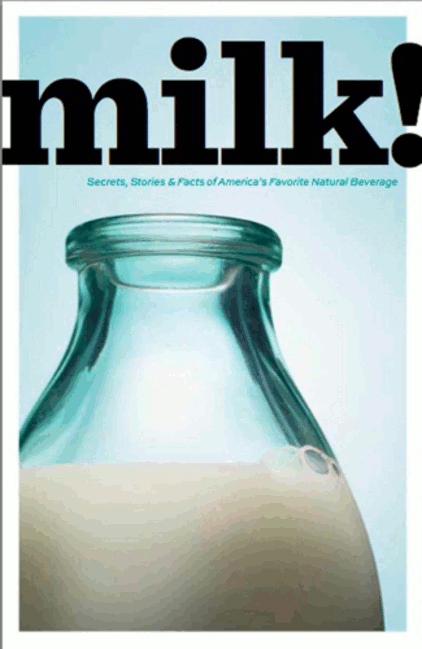 By the California Milk Processor Board and the Dairy Council of California
By the California Milk Processor Board and the Dairy Council of California
SAN CLEMENTE, Calif., June 4, 2012 /PRNewswire/ -- Have you ever walked down the dairy aisle at the market and wondered which milk is best for you and your family? Just in time for National Dairy Month this June, the California Milk Processor Board (CMPB), the creator of GOT MILK?, and Dairy Council of California will work together to educate consumers on the various milk options available today and how their choices could make a difference in their overall health.
"Dairy milk has been a part of the American lifestyle for centuries, but families still have many questions about this beverage," says Ashley Rosales, Registered Dietitian for Dairy Council of California. "This educational outreach hopes to take a closer look at the dairy case so that families can feel good about the milk they are drinking."
Rosales, along with other registered dietitians from Dairy Council of California, will answer consumers' frequently asked questions about milk, from the differences between dairy and imitation milks to the healthfulness of flavored milks to lactose intolerance. To "Decode the Dairy Aisle," Dairy Council of California is even launching a brochure titled "Milk! Secrets, Stories & Facts of America's Favorite Natural Beverage" that can be found on www.gotmilk.com/news to address some of these very topics.
Q: Are all milks created equal?
It's always best to consume food and beverages closest to their natural state. Almonds, rice and soybeans are great foods to eat, but processing them and substituting them for foods from another food group does not help consumers get all the nutrients needed for a balanced diet. A comparison of nutrient facts for whole almonds, soybeans and rice reveals that they are much more nutrient-rich in their whole, not liquid, forms. When it comes to milk there's nothing more natural, wholesome and nutrient-rich than good old-fashioned dairy milk. At 25 cents per glass, milk is the healthy, affordable choice for families.
Q: Who should drink whole milk vs. low-fat (one percent, two percent) and fat-free milk?
Thankfully, milk is offered in a variety of options to support the health of people based on their individual needs. Whole milk is recommended for toddlers between one and two years old because they need fats in their diets for nerve and brain development. Beyond age two, it really depends on the individual's needs and preferences. For people looking to cut calories, choose low-fat or fat-free milk. Whole, low-fat or fat-free, all dairy milk has the same amount of calcium and contains nine essential nutrients for strong bones, muscles, hair, teeth and nails. For adults, drinking the recommended three servings of milk a day can lower the risk of osteoporosis and high blood pressure and ward against diabetes and certain types of cancer.

